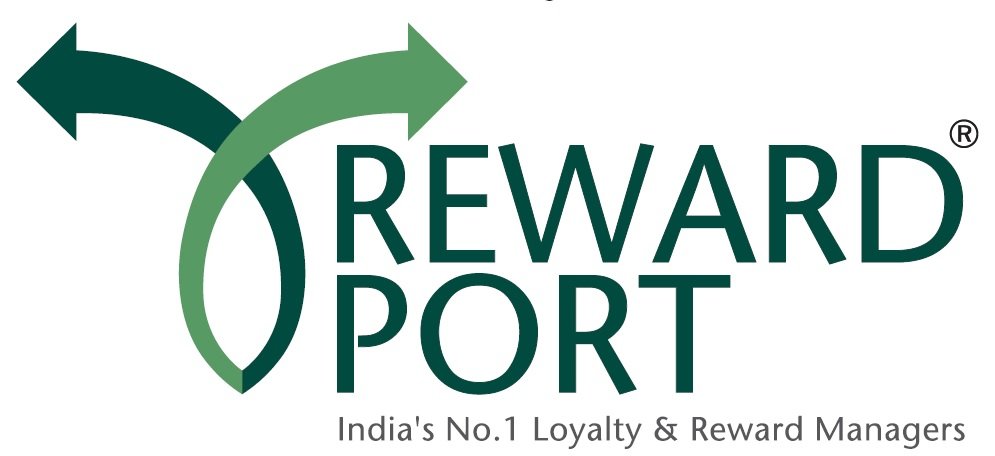Here’s the thing about the top 1%.
They don’t just do things better. They do different things entirely.
While 99% of Indian companies are playing checkers with their channel partners—moving pieces around the same tired board of commissions and bonuses—the top 1% are playing chess. Multi-dimensional chess. With pieces most companies don’t even know exist.
I’ve spent the last eighteen months studying these outliers. Companies that somehow retain 97% of their dealers year after year. Brands that have waiting lists of distributors begging to partner with them. Organizations where channel partners actually refer competitors’ best dealers to them.
What I discovered will change how you think about every relationship in your business.
The Great Lie We Tell Ourselves
Most executives believe channel partner loyalty comes from three things: good products, fair margins, and timely payments.
This is not just wrong. It’s dangerously wrong.
Because while you’re optimizing for “fair” margins, the top 1% are creating unfair advantages. While you’re focusing on product features, they’re designing experiences. While you’re managing relationships, they’re engineering ecosystems.
The brutal truth? Your channel partners don’t care about your products nearly as much as you think they do.
They care about their businesses. Their growth. Their problems. Their dreams.
The top 1% figured this out first.
The 1% Playbook: Eight Strategies That Change Everything
Strategy 1: They Manufacture Scarcity (But Not Where You Think)
Everyone knows scarcity drives value. But here’s what most miss: the top 1% don’t create scarcity around their products.
They create scarcity around their partnership.
While competitors accept any dealer who meets basic criteria, the top 1% make partnership feel like membership in an exclusive club. They have application processes. Waiting lists. Performance standards that aren’t just maintained—they’re elevated annually.
One textile manufacturer I studied has a 14-month waiting list for new dealers. Not because they can’t onboard faster. Because exclusivity creates desire. And desire creates commitment.
The result? Their dealers fight to maintain partnership status. They don’t just meet targets—they exceed them to prove worthiness.
When partnership feels precious, partners act precious.
Strategy 2: They Hack Human Psychology (Legally)
The top 1% understand something fundamental about human nature: people don’t work for money. They work for meaning, status, and progress.
So they don’t just pay their partners. They promote them.
Not job promotions. Status promotions.
They create elaborate tier systems that feel less like business categories and more like achievement levels in a game. Bronze, Silver, Gold isn’t enough. They have names. Stories. Rituals.
“Regional Champions.” “Market Pioneers.” “Elite Circle.”
Each level comes with tangible benefits, yes. But more importantly, it comes with identity. When someone introduces themselves as a “Platinum Partner” or “Chairman’s Circle Member,” they’re not stating a business relationship. They’re declaring their status.
Human beings will work harder for status than money. The top 1% weaponize this.
Strategy 3: They Solve Problems Partners Didn’t Know They Had
Average companies respond to partner requests. The top 1% anticipate them.
They invest heavily in understanding not just what their partners do, but what keeps them awake at 3 AM. Then they build solutions for problems partners haven’t even articulated yet.
A consumer electronics company I studied noticed their dealers struggled with customer service after sales. Instead of training dealers on customer service, they built a shared customer service platform. Dealers could offer premium after-sales support without hiring additional staff.
The dealers thought they needed better margins. What they actually needed was competitive differentiation.
The company that solves unspoken problems becomes indispensable.
Strategy 4: They Create Compound Value
Most incentive programs are transactional. Do X, get Y. Linear. Predictable. Boring.
The top 1% create compound value systems where benefits multiply over time.
Instead of annual bonuses, they offer equity-like programs where partner success accumulates. Performance in year one creates advantages in year two. Success in year two unlocks opportunities in year three.
They don’t just reward current performance. They invest in future potential.
One automotive company created a “Partnership Equity” program where dealers earn points for performance, but points appreciate over time and unlock increasingly valuable rewards. Five-year partners access benefits that one-year partners can’t even see.
This does something psychologically powerful: it makes leaving expensive. Not just financially—emotionally.
Strategy 5: They Engineer Peer Pressure
The most powerful force in human motivation isn’t top-down authority. It’s peer influence.
The top 1% engineer environments where high performance becomes socially contagious.
They create dealer advisory boards where top performers share strategies. They host exclusive events where success stories spread naturally. They build internal communities where partners celebrate each other’s wins.
But here’s the key: they don’t just facilitate connection. They amplify achievement.
Every success gets broadcast. Every milestone gets celebrated. Every breakthrough gets studied and shared.
When high performance becomes the social norm, average performance becomes socially unacceptable.
Strategy 6: They Invest in Dealer Dreams (Not Just Dealer Needs)
Here’s where it gets interesting.
The top 1% don’t just understand their partners’ businesses. They understand their partners’ aspirations.
They know the dealer who wants to expand into three new cities. The distributor whose daughter is studying business management. The partner who dreams of franchising his business model.
Then they build programs that help partners achieve these dreams.
Expansion loans at preferential rates. Scholarships for children of top performers. Business consultation for growth planning. Introduction to relevant networks and opportunities.
They become partners in life goals, not just business transactions.
When you help someone achieve their dreams, they don’t just stay loyal. They become evangelists.
Strategy 7: They Make Data Irresistible
Most companies give partners reports. The top 1% give them insights.
The difference? Reports tell you what happened. Insights tell you what to do next.
They invest in analytics that help partners make better decisions. Market intelligence that reveals opportunities. Customer behavior data that drives sales strategies. Competitive analysis that creates advantages.
But they don’t just provide data. They provide interpretation. Context. Actionable intelligence.
A pharmaceutical company I studied provides dealers with predictive analytics that forecast demand by geography and season. Dealers don’t just know what to stock—they know when and where to stock it.
Information becomes power. Power creates dependency. Dependency ensures loyalty.
Strategy 8: They Create Shared Ownership
The ultimate strategy is the most counterintuitive.
The top 1% give their partners a voice in the very programs designed to motivate them.
They don’t design incentive programs in boardrooms and push them down. They co-create them with partners. They establish feedback loops. They iterate based on real-world results.
This does something remarkable: it transforms partners from program participants into program owners.
When people help create something, they become invested in its success. When they’re invested in success, they work to ensure it.
The Multiplier Effect
Here’s what happens when you implement these strategies:
Your partners don’t just perform better. They recruit better partners for you. Your channel doesn’t just grow—it upgrades itself.
The top 1% don’t have dealer recruitment programs. They have dealer referral waiting lists.
They don’t fight for market share. Market share gravitates toward them.
They don’t compete on margins. They compete on value creation.
And they win. Consistently. Predictably. Sustainably.
The Real Secret
But here’s the deepest insight from studying the top 1%:
They don’t think about channel incentives as marketing programs or cost centers.
They think about them as relationship investments. Partnership equity. Competitive moats.
They understand that in a world where products can be copied overnight, distribution relationships are the last sustainable advantage.
So they don’t just manage these relationships. They engineer them. Systematically. Intentionally. Relentlessly.
The question isn’t whether these strategies work. The question is whether you have the patience and discipline to implement them while your competitors chase quarterly numbers.
The top 1% play long games. They plant trees whose shade they may never enjoy. They invest in relationships that compound over decades.
That’s why they’re the top 1%.
That’s why they stay there.
Your Move
You have a choice.
You can keep playing the same game everyone else is playing. Competing on margins. Chasing quarterly numbers. Managing relationships instead of engineering them.
Or you can start playing a different game entirely.
The top 1% aren’t smarter than you. They’re not luckier than you. They’re not even better funded than you.
They just decided to play by different rules.
Rules they wrote themselves.
Rules that work.
The only question is: what game will you choose to play?
The companies achieving 300% higher partner loyalty aren’t using magic. They’re using systems. RewardPort has studied what works, codified the strategies, and built the platform that makes implementation possible. The question isn’t whether you can join the top 1%. The question is whether you will.


